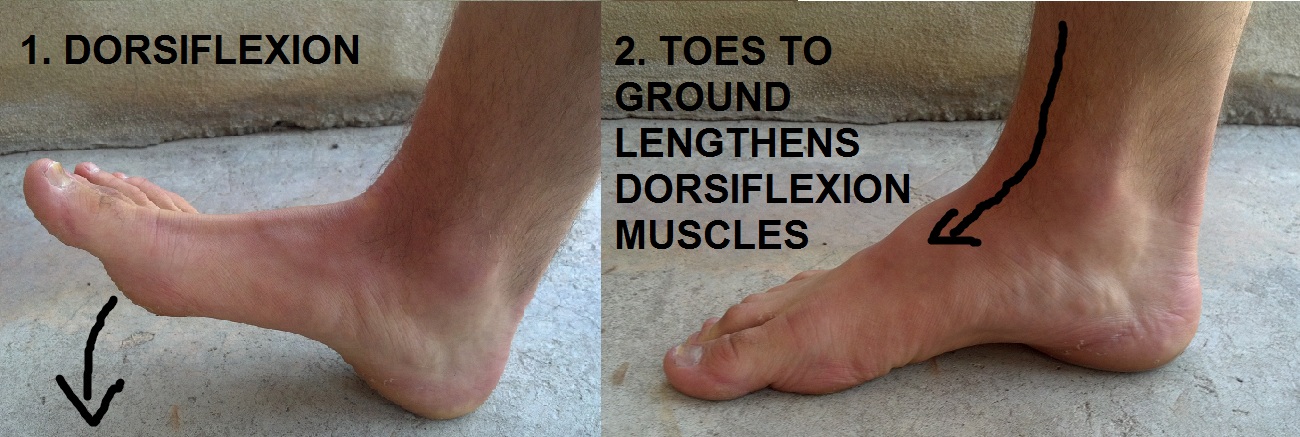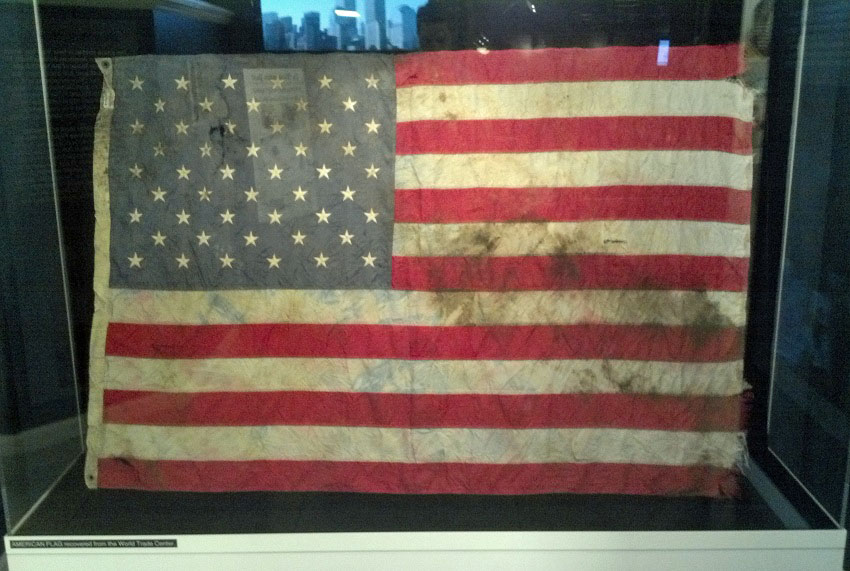PR Friday is a celebration of training, a chance for you to exalt in your weekly triumphs or to simply share your hardships. Chances are that hardly anyone in your life understands what you do in the gym. Come, tell us your story, because we fathom and appreciate your trials.
Weekly Challenge
Last week we urged you to purchase a quality pair of short shorts and proudly do your part in The Revolution. Report your experiences and continue wearing them until winter forces you to prevent testicular freezing.
Next week’s challenge is to do something manly. A man is respectful, strong willed, and multi-talented. Build a fire without matches, grill a meat and potatoes meal, or help those in need. The person with the most manly deeds will win a t-shirt. Deeds will be judged by the readership and/or me. You can probably get some inspiration from The Art of Manliness website.
Week In Review
The week started with The Short Shorts Revolution…oh wait, that’s EVERY DAY. On Monday we started a discussion on the effect of birth control (and hormonal supplementation) and its effect on female training. There was also an admirable vid of Summer Krasinski front squatting 100kg for 3. Tuesday was the 11th anniversary of 9/11. Wednesday had some cool pictures. Thursday was a descriptive post on the treatment, prevention, and anatomy of shin splints.
Q&A
Hey Justin big fan of the blog and the layout of your S&C Program in FIT intrigues me. I am curious if your current layout would work, but with a TM bent where Monday and Tuesday act as a volume day to drive Thursday and Friday to keep conditioning in?
Also would throwing power snatches in before power cleans be counter productive? Don’t really want to run myself into the ground.
Also my conditioning would simply be barbell complexes and then jump rope on the optional Saturday conditioning day.
–Rory B.
Dear Rory,
Yes, the S&C program can be tweaked in many ways to facilitate an intermediate approach to the strength training. The simple way to do that is to shift the Monday squats to Volume Day and the Thursday squats to Intensity Day. All of the options and peculiarities of different rep schemes are in the two Texas Method Books. The only potential problem I see is whether or not Tuesday’s conditioning will have an effect on the Intensity Day, but this is easily modified.
I don’t think power snatches prior to power cleans would be a problem. It would depend on your overall goal. Is the goal to get as strong as possible while maintaining or improving conditioning? Then keep an eye on whether the additional power snatches interfere with the strength work later in the week. Also note that I’m more of a fan of power cleans than power snatches for general S&C programs. One reason is that power snatches seem to reinforce a “vertical jump” component in the lift which is a terrible method if efficient Olympic weightlifting is a goal in the future. Un-learning the “jump” is possible, but difficult (I know, because I have had to do it).
Lastly, your conditioning approach is fine given that I don’t know what your goals are. It’s easy to modify what you do to support your goals. This “S&C Program” is a really good template that can be modified in so many ways.
Hey Justin,
I keep whacking myself in the dick when I Power Clean. Is the bar too high or too low on my thigh, when I jump? Looking at some Pendlay Clean instructionals on Youtube, he seems to indicate that the bar should be very high on your hips, which would be above the dick. But, in Starting Strength Rippetoe seems to indicate that the bar should be significantly lower on the thigh – probably a couple of inches below the dick. Could you help clarify this for me?
Thanks!
Tom
Dear Tom,
As someone who has hit their dick before. I sympathize. Check it out:
The first thing to note is that the way Pendlay and Rippetoe are teaching the clean are very different. This post (“Jump/Shrug” vs “Catapult”) may help differentiate between the two. First I’ll point out that the position Pendlay shows you — in which the knees are bent, the hips are not bent, and the bar is high on the hips, isn’t something you’ll slowly arrive at. I would have to guess that one of two things is happening: 1) you are not “staying over the bar” when at the second position. This position is where the bar is right at or below the knee and the shoulders are out over the bar. This stretches the hamstrings out right before they violently contract to complete the pull. If you are more vertical here, with the knees bent and shoulders behind the bar, then finishing the pull won’t be efficient and I could see the bar travelling directly into your downstairs mix-up. 2) Maybe the bar is out front. I’d have to see the lift, but I suggest this because that’s what happened to me in the video above.
Regardless of which style of lifting you’re attempting to do — jumping or “getting under the bar style” — you shouldn’t be whacking your baby maker. Stay over the bar.
Quick question if you don’t mind.
What do you think of using a Heavy/Light set up (Starr Model) for an athlete (rugby) during the season with one training day and one game day?
Mon- Heavy
Wed- Light
Thur- Practice
Saturday- Game
(Not sure whether swapping the heavy/light days around would be better)
Heavy –
Squat 5×5
Bench 5×5
High Pull 5×3
Light –
Squat 4×5 (Top set 80% of Heavy top set)
Press 5×5
Power Clean 5×3
Weighted Chins 3×5
Ramping sets (60,70,80,90,100%).
Every 6 weeks alternate between 5′s and 3′s on the squats and presses.
Deload every 4-6 weeks.
Is it unreasonable to think an athlete could progress throughout the season using this method in the given situation?
Dear John P,
First, I’ll point out that Sousa directed John P to IronGarm because Shaf has some good in/off season rugby programs. Shaf is a good dude and I’ve always liked the things I’ve seen him write. Regarding the question, I’ll address the specifics of this proposed program briefly and then talk about in/off season programming generally.
I like the weekly approach you have to the program where the Heavy session is early and the Light session is second. If you were beat up from the games, you could always reverse the two if it didn’t interfere with your practice. I do not like High Pulls in the program. I suspect you have a reason for their inclusion, but I’d rather you do something else like power cleans. I wouldn’t have a problem if you power cleaned both days. You could even do them first on the “Light Day”. On both days you could add in some band pulls or side planks as quality prehab accessory work. Feel free to vary the power clean work to doubles or singles. Use a watch and do them on the clock if you feel they take too long.
As for programming in-season, it would be nice if you could make progress and strength train on this set up. But an in-season program should primarily aim to prevent the body’s degradation. In high school I would routinely get stronger regardless of in or off season of football, but I was 14 to 18 years old and full of puberty. Your goal is to get training on your body to help it hold up over the season (i.e. prevent injury), prevent performance degradation as a result of the pounding of the season, and, as a cherry on top, get stronger. I’d love to be wrong and have you not really get beat up from your rugby season and have a really great strength increase, but you need to prepare to be in the mindset that training serves a different purpose. This is the same thing for deployed soldiers or any other athlete.







